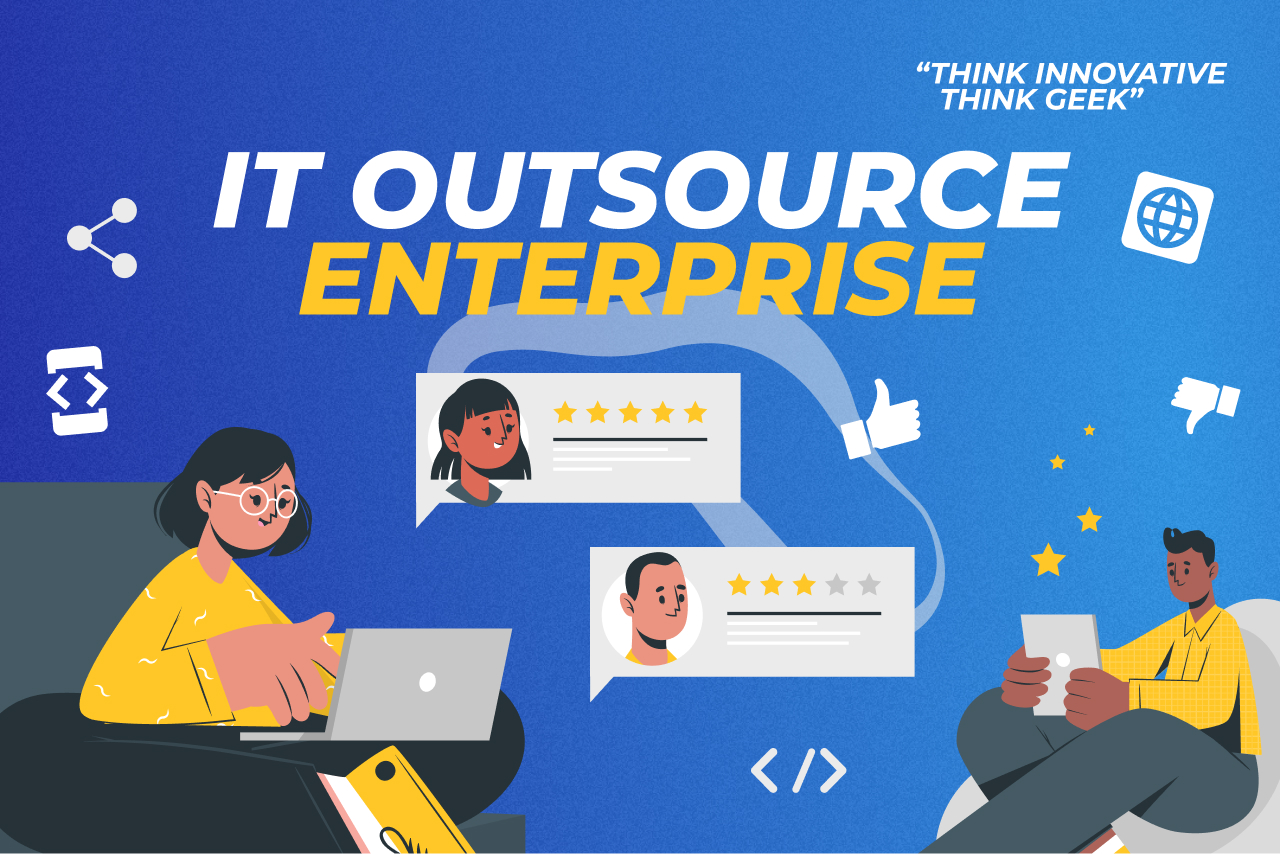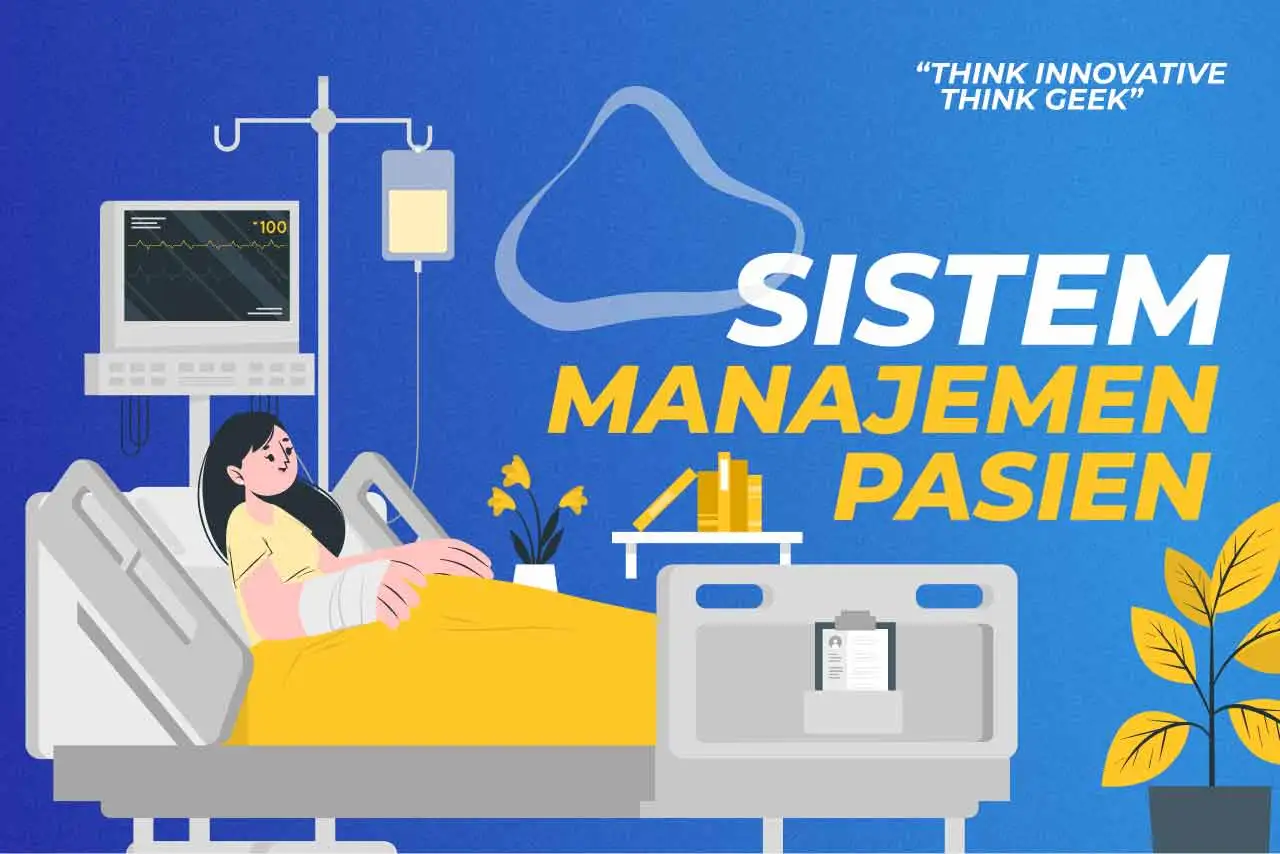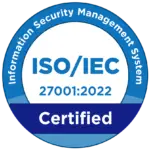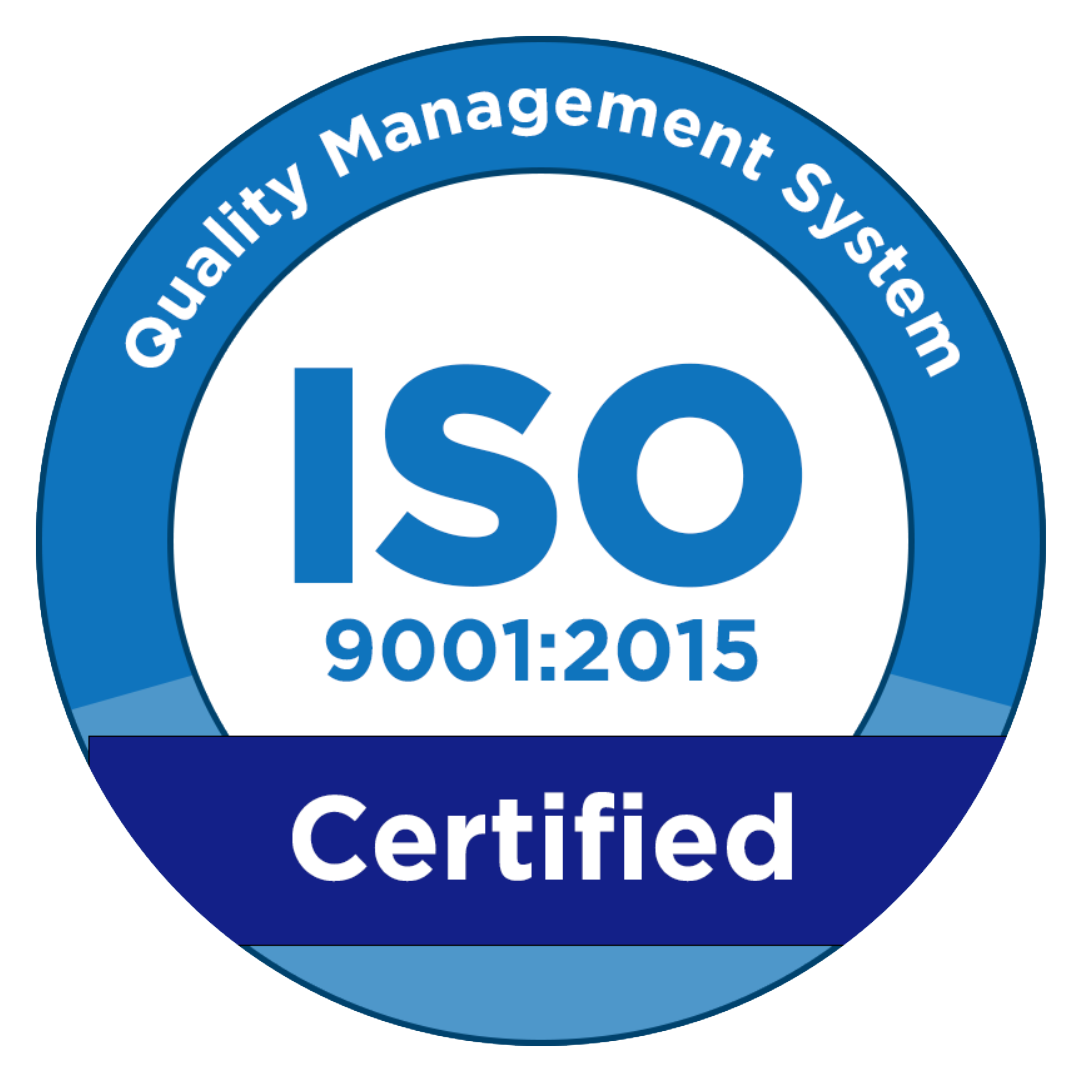Outsource IT Director or fractional CIO is a model that leverages executive-level IT leadership based on need—part-time or full-time, but without the burden of a fixed salary. This service combines strategic expertise and execution, to design technology roadmaps, digital transformation, and efficient vendor management.
Why Do Companies Need to Outsource an IT Director?
1. Talent Scarcity & High Costs
Internal recruitment for a CIO-level position faces challenges: it’s difficult to find strategic talent with cutting-edge competencies and high fixed costs (salary + benefits), up to 40–60% more expensive than a fractional CIO.
2. Business Scenarios
This model is ideal for phases like:
- Digital transformation (cloud migration, digitalization),
- Strengthening cybersecurity (audit, compliance),
- Mergers & Acquisitions—where sudden IT strategy is required.
Outsourcing provides strategic flexibility when needed, without long-term overhead.
Engagement Models & Contract Schemes
Three common engagement models:
- Fractional CIO/vCIO: senior part-time IT (e.g., 8–16 hours/week)
- Interim IT Director: full-time for a certain transition period (3–12 months)
- Advisory Board: strategic consultation only, without direct execution.
Contracts typically include duration, commitment (hours/week), deliverables (cloud roadmap, audit, SIEM), and flexible termination options (30 days).
How to Outsource an IT Director?
Step 1: Define Scope & Qualifications
Technical & strategic competencies include cloud strategy, cybersecurity, vendor management, and digital transformation.
- Target KPIs: time-to-market, security incidents, cost saving, technology ROI.
- Governance: written SLA and meeting cadence—steering committee, quarterly reports.
This definition ensures alignment of focus and activity expectations.
Step 2: Sourcing & Candidate Selection
Sourcing channels: LinkedIn, professional headhunters, CIO/CISO networks. These are the selection processes:
- Strategic interviews,
- Case study presentations (cloud target or audit),
- Reference validation (real experience).
The goal is to find a candidate who is not only technical but also capable of integrating business strategy.
Step 3: Onboarding & Knowledge Transfer
Kickoff alignment sessions with CEO, CFO, CTO to align vision and expectations. After that, give a knowledge transfer, such as system mapping, IT infrastructure, and understanding of internal stakeholders. This documentation becomes the working base and risk mitigation.
Step 4: Performance Governance & Reporting
- SLA & KPI: define incident response time, cybersecurity rate, ROI, project milestone clarity.
- Meeting cadence: monthly business steering, Executive Briefing for fast decision-making, quarterly evaluation of strategic direction.
Step 5: Exit Strategy & Transition Plan
- Transition: path to internal team, vendor, or permanent CIO, with a backup plan prepared from the start.
- Documentation: complete deliverables such as policies, roadmap, and monitoring tools must be handed over before the contract ends.
Use Case: Fractional CIO for Cloud & Cybersecurity Transformation
Implementation example in a mid-sized company: a fractional CIO leads migration from on-premise configuration to multi-cloud (AWS + Azure), initiates SIEM and MFA, and vendor consolidation. Results: security incidents down 80%, go-live accelerated by 50%, and significant infrastructure cost savings.
Best Practices & Challenges
Common challenges:
- Limited commitment (time-bound),
- Internal compliance & cultural fit,
- Risk of knowledge gap during milestone execution.
Mitigation:
- Use NDA, security policies & backup plans from the start,
- Clear governance framework,
- Detailed documentation and effective knowledge transfer.
These insights reinforce that a fractional leader must be more than just a technical head—he is a strategic partner.
Strengthen Your Team with a Reliable Leader from GeekGarden!
Outsource IT Director through a fractional CIO offers two major benefits: expert leadership and cost efficiency.
Apply the 5 systematic steps: scope definition, sourcing, onboarding, governance, exit planning. Focus on SLA, meeting cadence, compliance, and backup plans from the start. First step: conduct an internal IT assessment as the basis for assigning a fractional role according to needs.
So, what are you waiting for? Want to strengthen IT leadership without increasing headcount? Contact GeekGarden for a free consultation and the best outsource IT Director solution!
Author: Sari Dewi (Content Writer)















